
Pouchong i.e. Baozhong – a green tea you must try. This tea is a green tea station before the oolong, a special entry into the world of oolongs, but interestingly, the way back from the Oolongs back to the pouchongs. But what does this mean and why Taipei’s tea-gem is top-ranking in the oolong aura? The question is legitimate and could be said; Why exactly pouchong?
Now is Pouchong or Baozhong?
Before a lot of alien Asian words make us confused and drawned in chaos between loose leaf Asian teas, let’s take a few simple things. Both terms are correct, Pouchong and Baozhong as well. It is a slightly oxidized (usually) non-baked / roasted tea that is placed on the market with twisted leaves. It is characterized by its floral features and is the place where green tea and oolong tea can be found. It is typically produced in Taiwan and China (New Taipei, Fujian), but since the 1960s, Thailand has also seriously joined to production (“raw material” for pouchong tea is produced at 1,200 meters high in Thailand). The know-how of Thai pouchong teas, which are becoming increasingly known in higher quality, have been learned by the locals from Taiwanese tea masters.
The professional jargon calls pouchong or baozhong teas a floral scent or melon smell, and it feels a mild taste, which conquers the oolong fans with a clear brew. From the harvest point of view, Taiwan’s spring tea season begins at the end of March. It is interesting that the new shoots and small leaves do not get into the pouchong, they simply do not pick it (probably because they are waiting to pick it by the end of March), they are preparing it from larger leaves. The reason for this is that the caffeine content of the teas is concentrated in the fresh shoots – thus protecting the plant against pests (because they prefer fresh shoots and buds). As a result, low-caffeine and light tea are obtained. By the way, Baozhong tea is also called flower tea because of its scent.
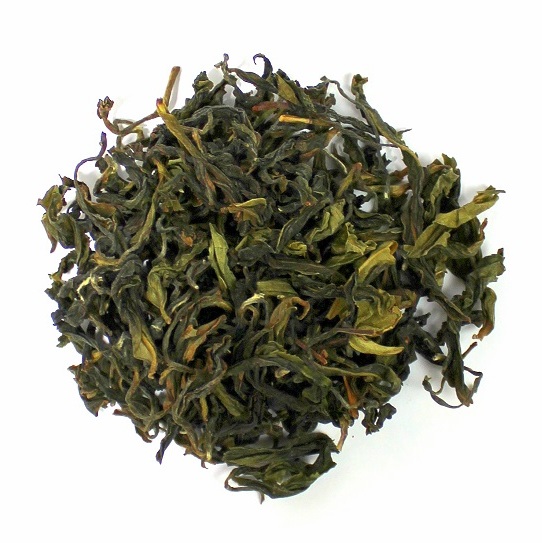

Already before the end of the 19th century the oolong teas were widespread in China and Taiwan, but after that there was a strong economic downturn, a decline in demand, and many oolong producers simply stopped. Many of them moved to China, Fuzhou and continued to make baozhong tea. Later, the good luck of the tea uplifted the world again, of course and nowadays it is not only China, but also the pride of Taiwan, and now Thailand is in the line. This healthy competition has been good for the pouchong tea culture and is now alive the tea that is no longer said to be green tea, and has not yet been named oolong and due to its many beneficial physiological effects it became a podium ambassador for healthy lifestyle tea.Today, the best of pouchongs, the award-winning and almost non-purchasable qualities, are found at the dealers in Taipei. Taiwan is rightly proud of this and its merchants have a serious rank in each and every tea package of these modern history wonders. Anyone who goes to Taipei’s tea shop and has lucky to taste a gaiwan made and so-called “High quality” pouchong, probably is the most lucky one. When the tea master or merchant provides the cover of gaiwan to meet his scent for the first time before tasting, all the scooters and music and sounds of the city are silent at the same time, and there is nothing but tea shop and tea. In such a case, the tea man can not command himself and almost cut his vein if he does not take home from these otherwise to say the least not too cheap Camellia rarities from Taiwan…

The baozhong or pouchong tea has an antioxidant effect. In this respect, it is much better compared to black tea, but less compared to green or oolong teas. It liked and known as weight loss tea, but of course this is also related to lifestyle, it is not a panacea – like none tea. Consumed in Taiwan because of its cleansing and moisturising effect and they say there to have a good effect on the heart. Of course, the scientific evidence that we are able to control and is known to us is not known to these properties; What is more important to a tea lover is:
How to make it?
Pour into water at 80-90 ° C and first pour for ~ 1 minute, second ~ 2 minutes, etc. soak. Usually three excellent brewing are possible and the fourth, fifth and sixth ones are becoming weaker. Seventh is no longer worth it… The pouring around 100 ° C is not as enjoyable as around 80 ° C. Do not boil the pouchong. On the other hand, if you want to buy pouchong tea, you can do it here, click on the HERE or click on the picture to view our tea offer!

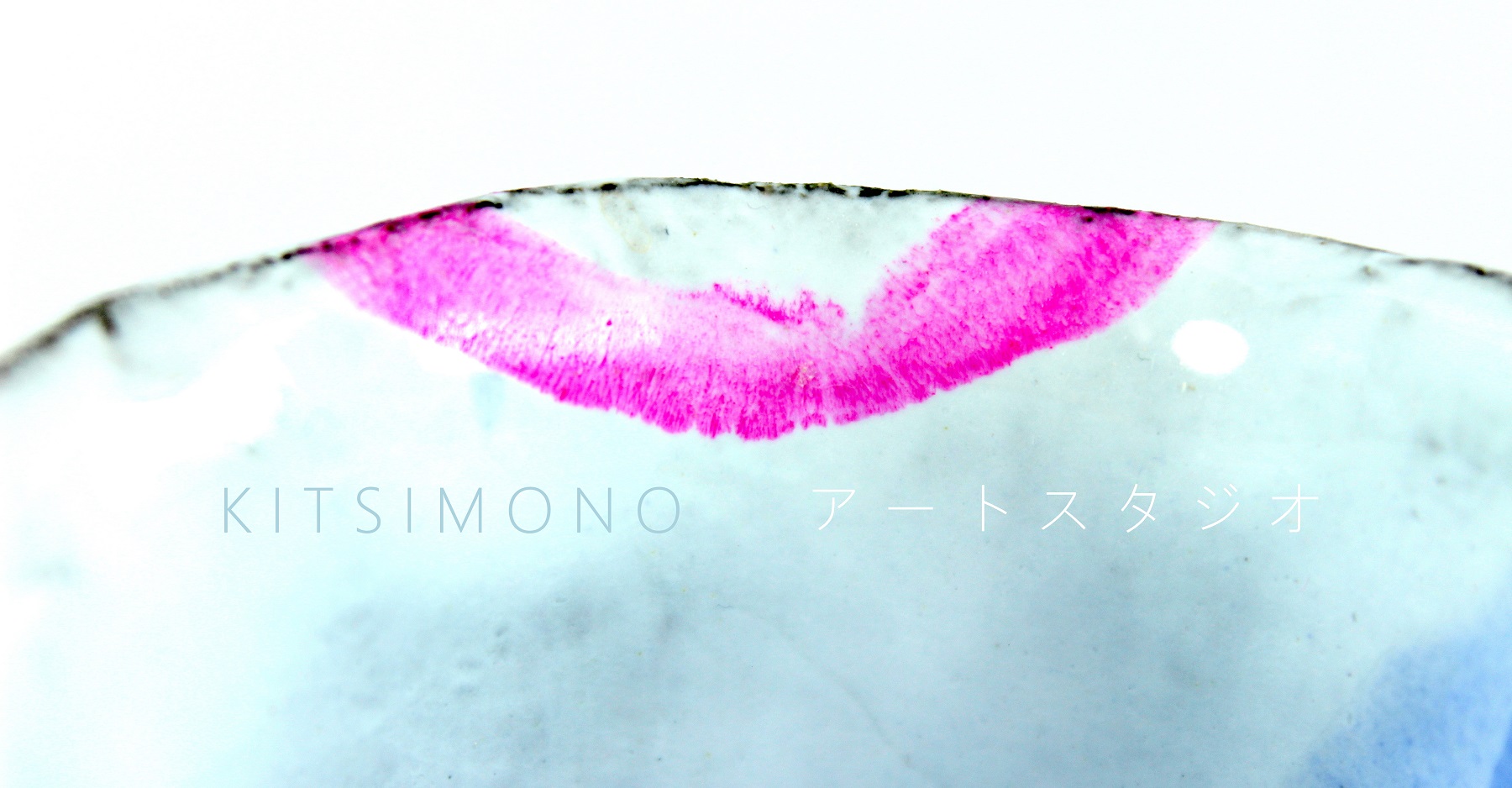
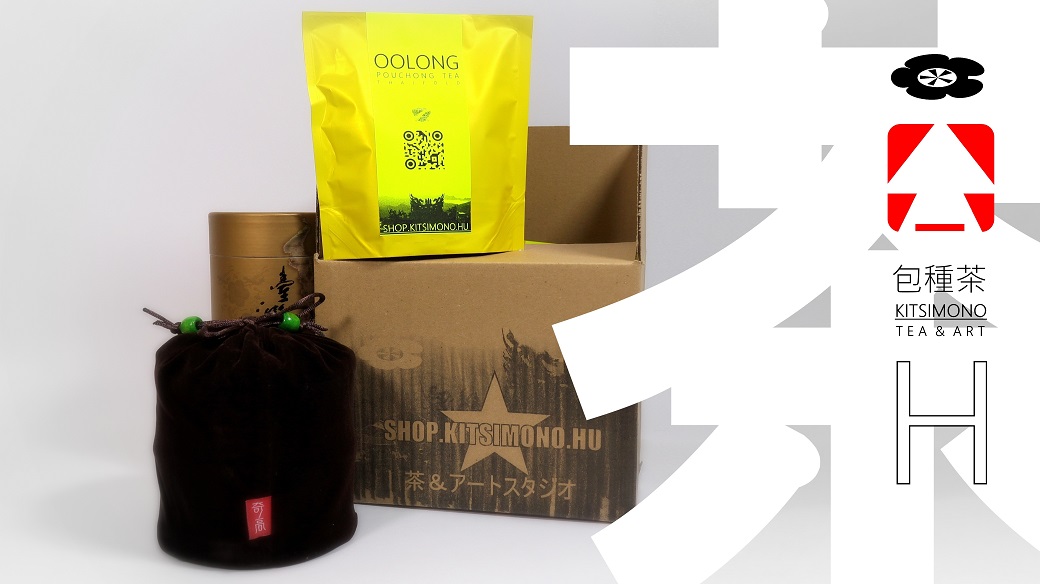
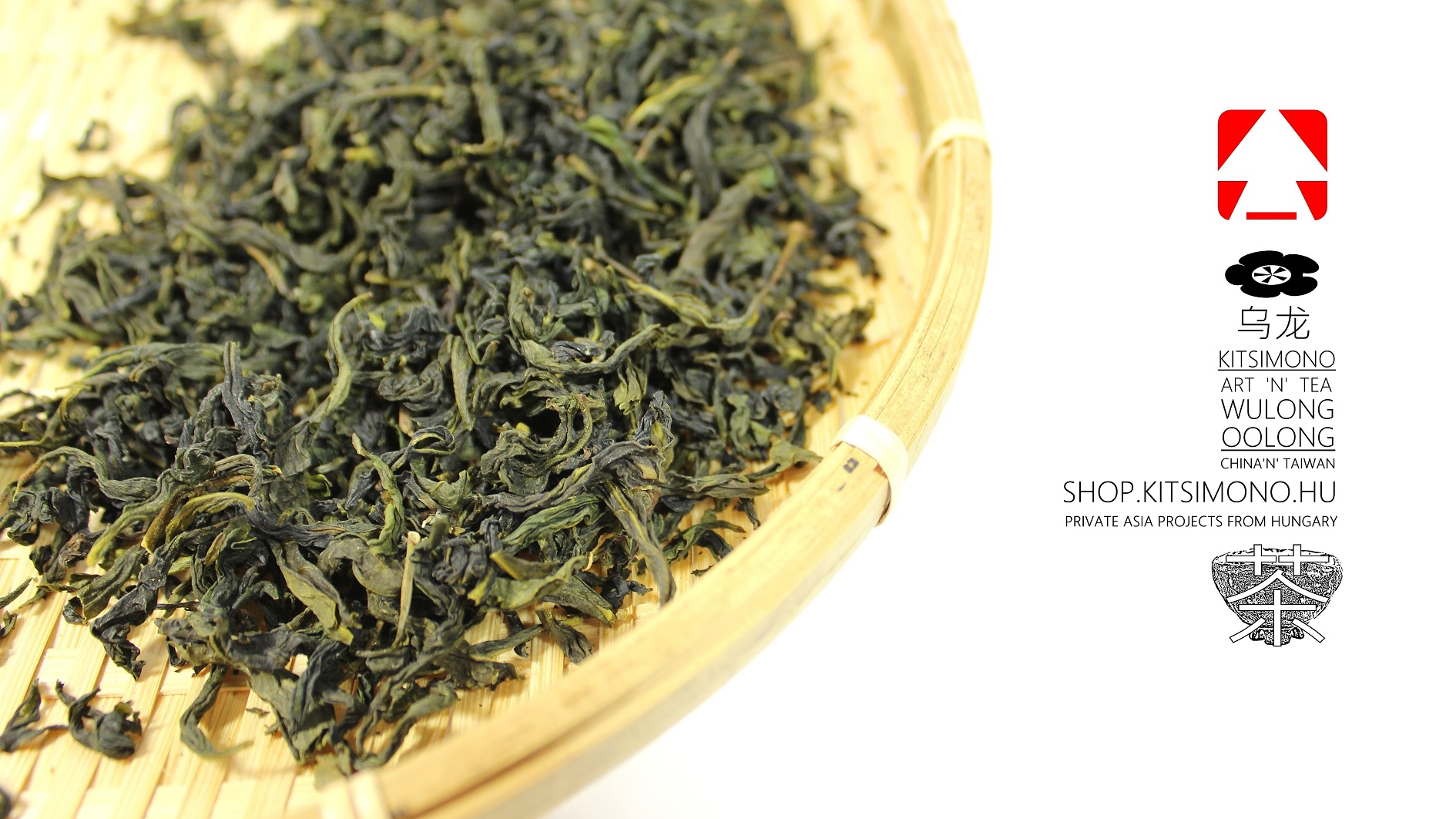
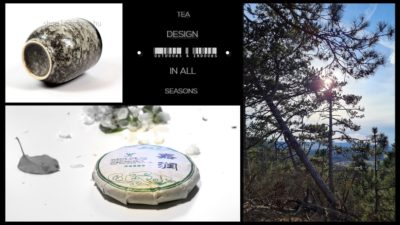
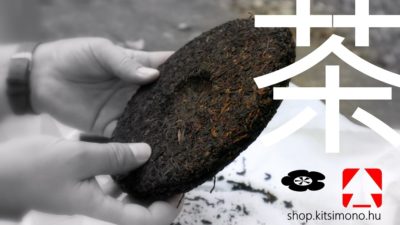

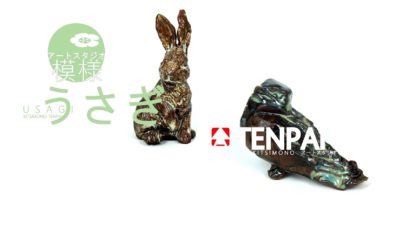

Leave A Comment